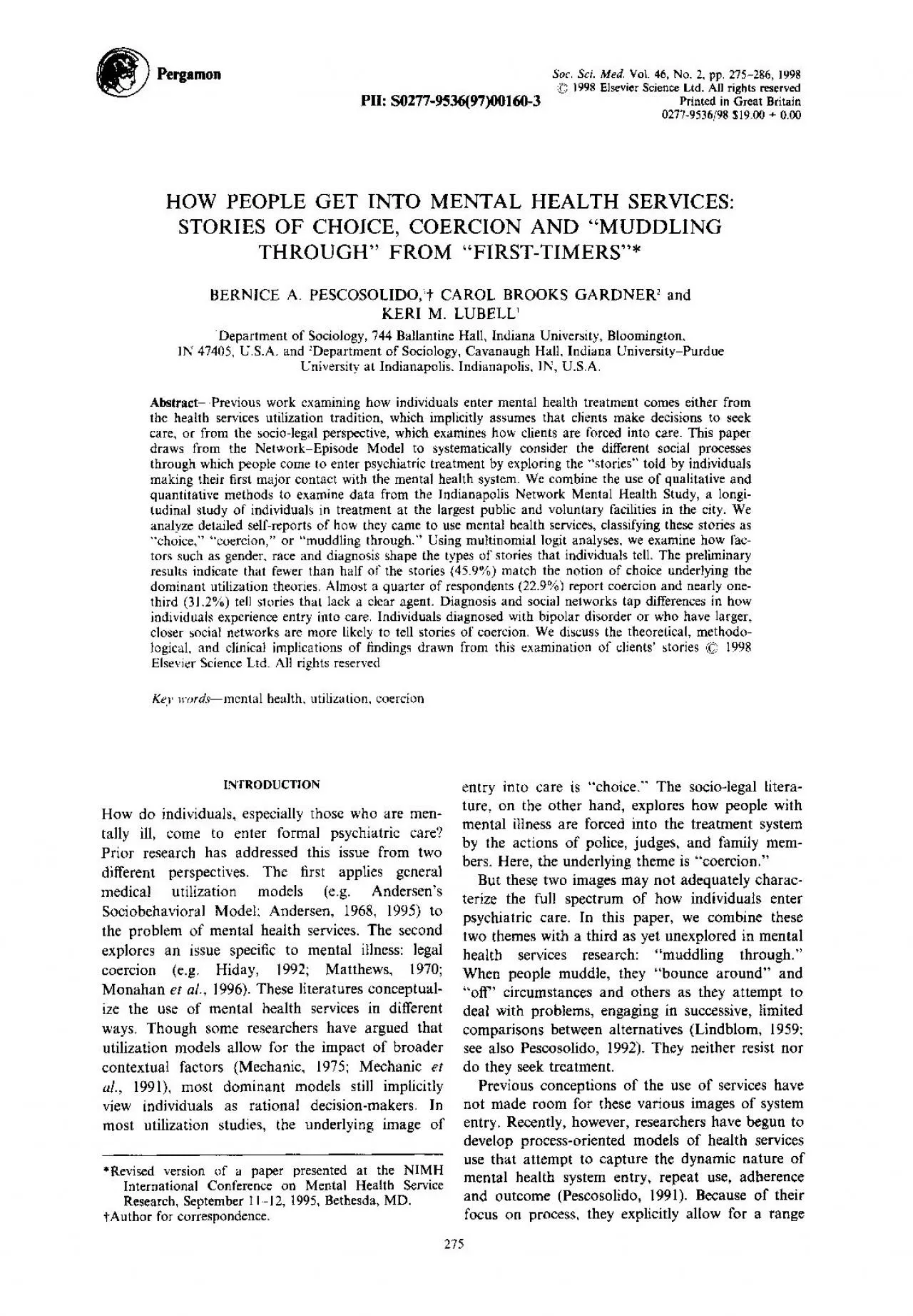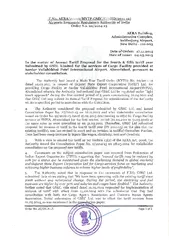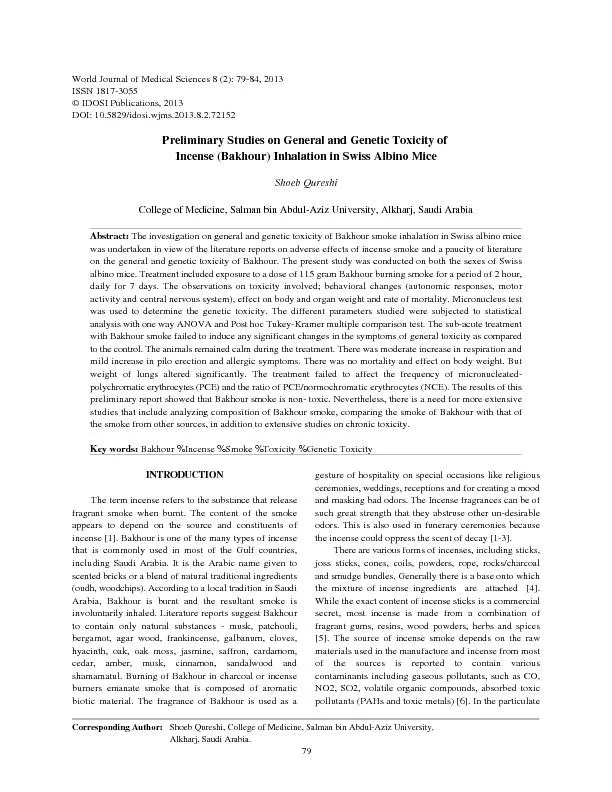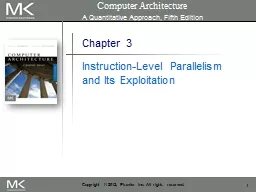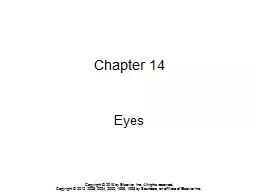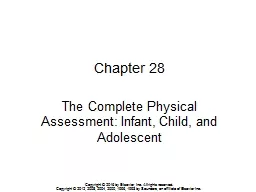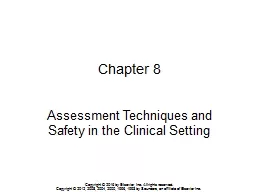PDF-Sci Med 46 No 2 pp 275286 1998 1998 Elsevier Science Ltd All rights
Author : okelly | Published Date : 2021-09-30
S0277953697001603 PEOPLE GET INTO MENTAL HEALTH SERVICES STORIES OF CHOICE COERCION AND MUDDLING THROUGH FROM FIRSTTIMERS A PESCOSOLIDOt CAROL BROOKS GARDNER 2 and
Presentation Embed Code
Download Presentation
Download Presentation The PPT/PDF document "Sci Med 46 No 2 pp 275286 1998 1998 Els..." is the property of its rightful owner. Permission is granted to download and print the materials on this website for personal, non-commercial use only, and to display it on your personal computer provided you do not modify the materials and that you retain all copyright notices contained in the materials. By downloading content from our website, you accept the terms of this agreement.
Sci Med 46 No 2 pp 275286 1998 1998 Elsevier Science Ltd All rights: Transcript
Download Rules Of Document
"Sci Med 46 No 2 pp 275286 1998 1998 Elsevier Science Ltd All rights"The content belongs to its owner. You may download and print it for personal use, without modification, and keep all copyright notices. By downloading, you agree to these terms.
Related Documents

